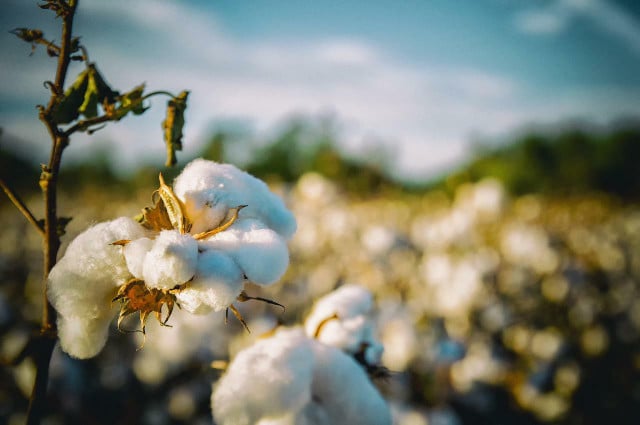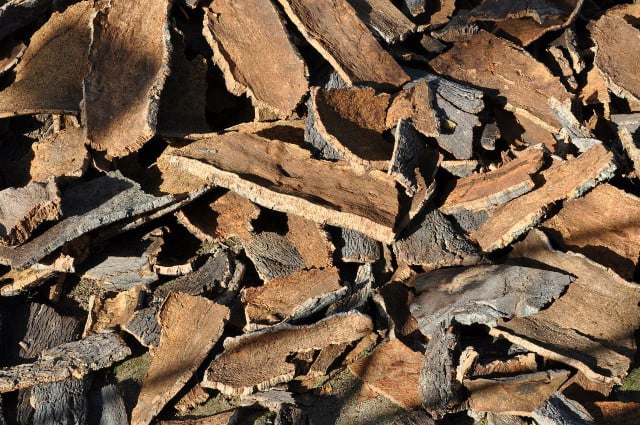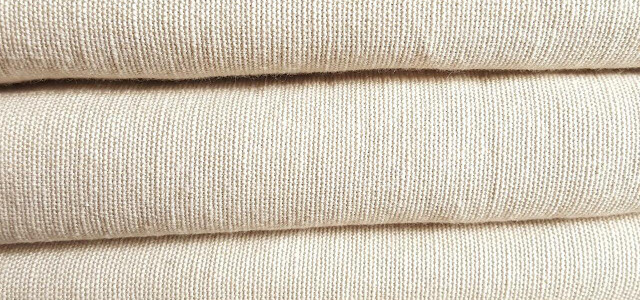Natural fibers, which are more eco-friendly than synthetic fibers, are gaining popularity. Learn which natural fibers are most sustainable and which to keep an eye out for.
Natural fibers differ from synthetic fibers, which are made from chemically processed materials. Synthetic fibers are cheaper to make and easier to mass-produce, and are widely used throughout the textile industry.
However, with rising environmental concerns about the fashion industry’s impact on the planet, more fashion brands and textile companies are looking to natural fibers — and for good reason.
Natural fibers are created using plant-based materials such as cotton, linen and jute, or animal-based fibers like silk and wool. The raw materials are extracted from natural sources and woven into yarn and threads to make sustainable clothing.
Which Natural Fibers are Most Sustainable?

(Foto: CC0 / Pixabay / bobbycrim)
Natural fibers are more environmentally friendly than synthetic fibers, as they typically require fewer harmful chemicals and much less water for production.
Here are some of the most sustainable natural fibers to look out for when shopping for new clothes:
- Organic Cotton: Organic cotton is made from the plant fibers of the cotton plant. It is grown without the use of pesticides or fertilizers and is processed without harmful chemicals, making organic cotton one of the most sustainable natural fibers available.
- Linen: Linen is created using the plant fibers of the flax plant. It does not require any pesticides or fertilizers for growth and is a strong and durable natural fiber, making it a highly sustainable material.
- Silk: Silk comes from all-natural material extracted from the cocoons and nests of specific insects. Silkworms produce the most commonly used natural material for silk.
- Wool: Wool gets its natural fibers from the hair of animals like sheep, llamas, goats and alpacas. Fabrics made from natural wool include cashmere, mohair and angora.
- Jute: Jute is a natural fiber derived from the jute plant. This coarse natural plant fiber is commonly used for products like burlap sacks and to manufacture rugs.
- Bamboo: The natural fibers of bamboo products come from bamboo plants, which consume more CO2 than most trees and can survive on rainfall alone. That makes it a sustainable material choice for clothing and other more recent product ventures like toothbrushes and Tupperware.
What Natural Fibers Are Hitting the Shelves?



(Foto: CC0 / Pixabay / maja7777)
Natural fibers are increasingly popular, with more options hitting the shelves every day. However, the fashion industry still has a long way to go to become more sustainable. Luckily, there are loads of new innovative uses for natural fibers. Here are some natural and sustainable fibers you should keep an eye out for:
- Lyocell: Originally trademarked in 1982 as Tencel, lyocell is made from dissolved and reconstituted wood pulp, an otherwise waste product of wood manufacturing. Lyocell requires less energy and water during production than cotton, and the harmful chemicals used to make the fibers are managed in a closed system — meaning any harmful chemical waste is recycled.
- Organic hemp: Organic hemp is a natural plant-based fiber that also requires less water than cotton during production. It is a high-yield plant that is considered carbon negative, as it absorbs CO2 from the air.
- Cork: Cork fabric, made using fibers from cork oak tree bark, is an exciting new natural fiber soon to hit shelves. The cork oak tree consumes more CO2 than most other trees, requires very little water when harvested and dries out using natural sunlight instead of harmful chemicals.
- Banana fiber: Banana fiber is one of the newest natural fibers to become known in the fashion and textile industry. This natural fiber comes from the banana leaf sheaf, normally left for waste when banana plants are harvested. The extraction, production, and manufacturing processes are completed using little energy, minimal water usage and no harmful chemicals.
Read more:
- What Is Vegan Leather Made Of? 4 Sustainable Fabrics
- Econyl: A Look Behind This Recycled Fiber
- What is Modal Fabric and is it Really Sustainable?
Do you like this post?







